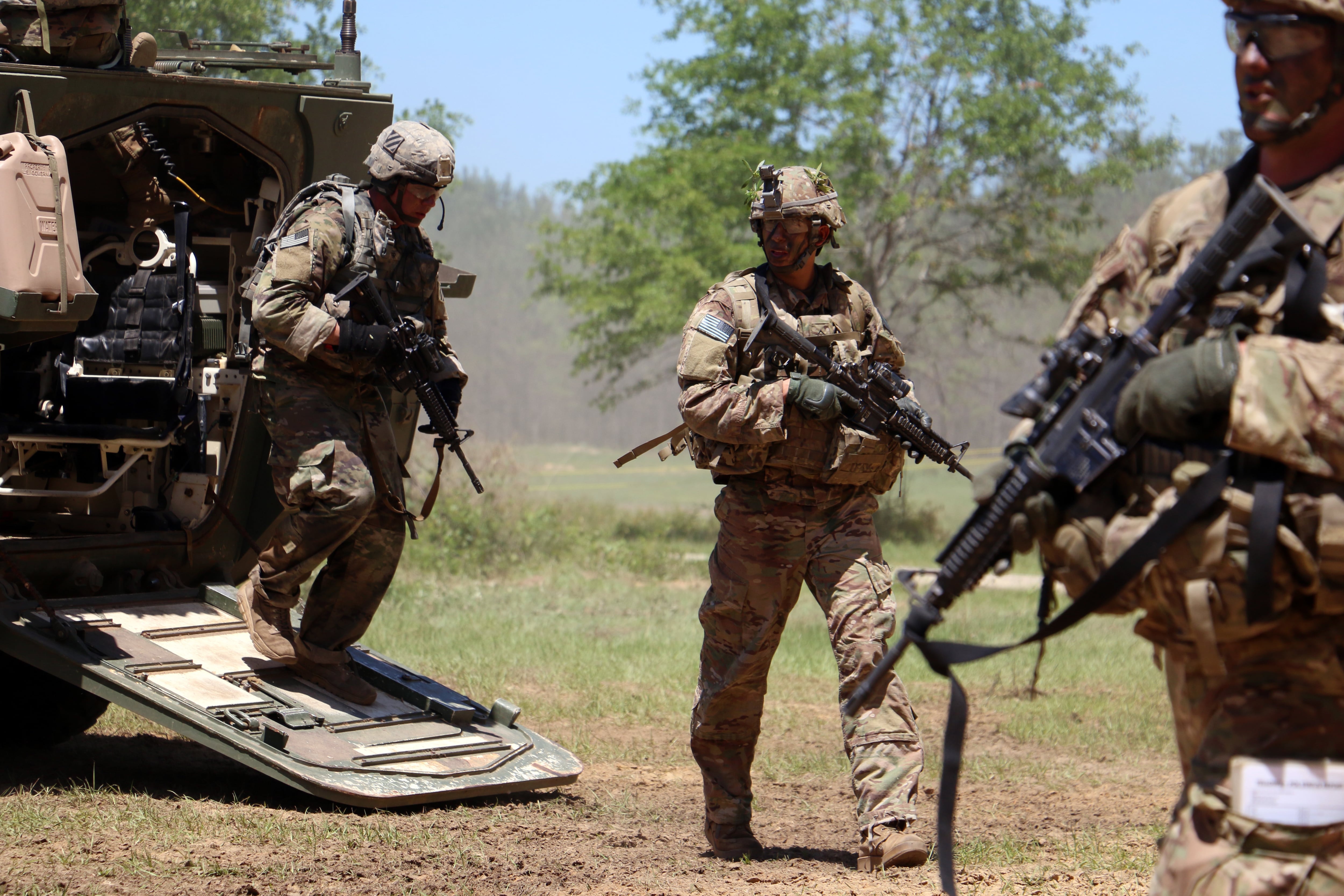WASHINGTON – Army recruiters are looking to the gaming world and trying to reach the emerging, “Generation Z” population that’s on the heels of millennials as they build a force to fight in 2035.
Maj. Gen. Frank Muth, head of Army Recruiting Command, spoke Monday at the Association of the U.S. Army’s Annual Meeting and Exposition on building the multi-domain operations leaders of the future.
RELATED

Muth emphasized that the core leadership traits remain the same but how and what today’s recruits will be doing may look much different.
Soldiers in a fight 15 years from now will be “bombarded with information from multiple interfaces,” he said, and they’ll need to take in every bit of that tech feed, “crunch it quickly and decide what to do with it.”
And that’s in the wheelhouse of most of Gen Z, he said.
Studies he cited showed that as far as getting the attention of a Gen Z recruit, they have about eight seconds online, and traditional phone calls and in-person meetings don’t work the same.
Those new recruits want to meet online, determine if the sender is a bot or human and then move forward from there.
And while in 2018, Army recruiting fell short of its annual mission by 6,500 new recruits, it made mission more than two weeks ago for the past year at 68,187 new recruits. Muth said all quality marks went up.
They have questions as simple as whether they can have a dog while in the Army, own a car and if they’re always in uniform, he said.
While current soldiers use basic drones, Cold War-era combat vehicles, short-range air defense and aging helicopters, future soldiers will see much more capable and complex systems.
That includes ubiquitous communications, hypersonic missiles, mixed realities and intuitive weapons systems, said Col. Timothy Hummel, director of G2 operational environment for Training and Doctrine Command.
Right now Russia and China have some potential for overmatch on electronic warfare, cyber/space, fighting vehicles, air defense, rockets and artillery, the colonel said.
But changes also loom on the horizon, especially tech that those adversaries are invested in.
Those include laser weapons, RF weapons, synthetic biology and rail guns, Hummel said.
And while millennials are expected to have at least two screens at their fingertips, the Gen Z crowd is running up to five at a time, Muth said.
Porcupine-like antenna farm command posts are nothing but targets in the near future, and that means that future leaders will need to run those complex systems in smaller forms and more distributed than they do today.
Todd South has written about crime, courts, government and the military for multiple publications since 2004 and was named a 2014 Pulitzer finalist for a co-written project on witness intimidation. Todd is a Marine veteran of the Iraq War.





